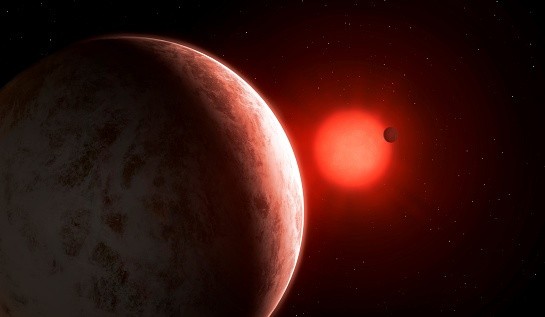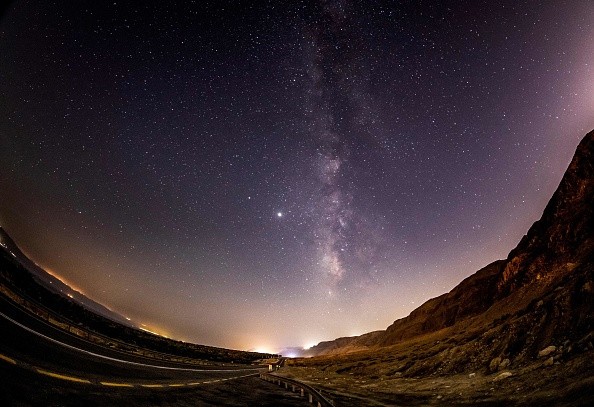The NASA Jet Propulsion Laboratory (JPL) has announced that their total exoplanet tally just reached 5,000 worlds, which represents 30 years' worth of planet-hunting efforts from the agency's telescopes.

But while this announcement is already an achievement in its own right, it doesn't end there. Since the James Webb telescope is already up and operational at the L2 Lagrange Point, scientists can expect even more exoplanet discoveries (and far more detailed observations of such) to come from the new $10 billion telescope within the coming years, writes Space.com.
According to JPL, their exoplanet catalog now includes worlds of all shapes, types, and sizes imaginable. In their official statement on their website, the 5000+ planets they've discovered range from small, rocky worlds not unlike Earth, super-massive gas giants far bigger than Jupiter, as well as so-called "Super-Earths" which have way more mass than our own planet.
A total of 65 new confirmed exoplanets were added to the tally, which includes discoveries which have already been peer-reviewed papers. All planets have also been confirmed via several detection techniques, meaning that they are, in fact, real and orbit stars beyond our own Solar System.
So Close, Yet So Far
Jessie Christiansen of the NASA Exoplanet Archive mentioned how a vast majority of the exoplanets in their catalog (around 4,900) are located "within a few thousand light-years" of Earth. She then adds that almost all of the planets discovered since the 90s were only part of a relatively tiny "bubble" area around 30,000 light-years from the center of the Milky Way.
As such, she theorizes that beyond this "bubble" of 5,000 or so planets that have been confirmed by Earth's scientists, there's an estimated 100-200 billion more worlds just out of reach of our telescopes.

Planet-Hunting With The Webb Telescope
The James Webb Telescope is now taking the reins of planet-hunting from NASA's other aging space telescopes. And with its sheer power, scientists are extremely excited about future discoveries, as they expect to observe exoplanets "like never before."

As per the official NASA web page for the telescope, its powerful instruments will have the capability to analyze the atmospheres of exoplanets in unprecedented detail. With it, scientists might be able to find the so-called "building blocks of life" in their decades-long search for Earth 2.0.
Unlike Hubble, Webb will be able to "see exoplanets directly" with the amount of power it is packing, according to Cornell astrophysicist Nikole Lewis (via Inverse). But this only applies for the larger ones, and even then images of them will not be as clear as the ones we have of our own Solar System's planets. As per Lewis, these larger exoplanets will look like very large, glowing dots.
This might sound a bit disappointing to some, but Webb is already laying the groundwork for a detailed exoplanet hunt the likes of which the world has never seen. And it is only a matter of time before it makes even more amazing discoveries.
Related Article : An Exoplanet That Is NOT ROUND Was Just Discovered By The ESA Cheops Planet Hunter
This article is owned by Tech Times
Written by RJ Pierce
ⓒ 2025 TECHTIMES.com All rights reserved. Do not reproduce without permission.




